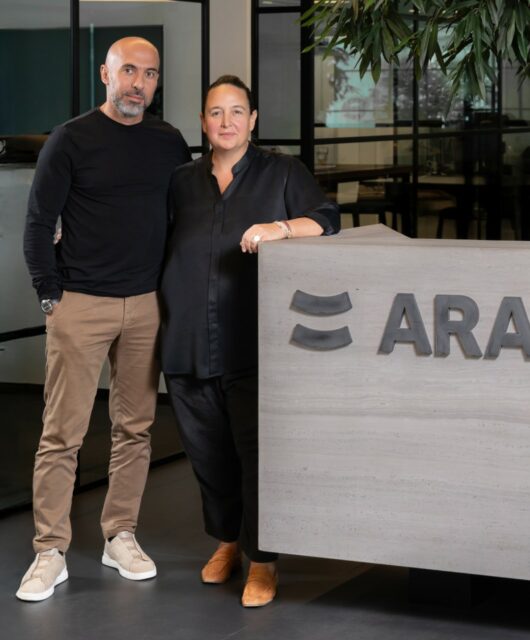
Compression Cradle by Lucy McRae
A contactless world is a notion that is slowly becoming the sad truth of our reality. Compression Cradle is an installation that mechanically, and “affectionately”, swaddles and wraps users to explore the human need for touch in a future when technology has dissociated us from our bodies. In anticipation of devoid of human touch, Compression Cradle is a suggested remedy. The immersive machine squeezes the participant in soft, tactile pads and cushions. The machine has a sequence of aerated volumes, creating the warm embodiment of a hug.

State of Extremes, curated by Aric Chen and Maya Dvash (Chief Curator of Design Museum Holon), takes visitors through over 70 works – exploring a world of social, political and environmental extremes. When Design Museum Holon opened the exhibition at the end of 2019, it was unknown that these works would be topical in the global situation forced upon us. State of Extremes embodies the power of design, impacting change, and how humanity can facilitate a better future.
Photo credit: Elad Sarig







